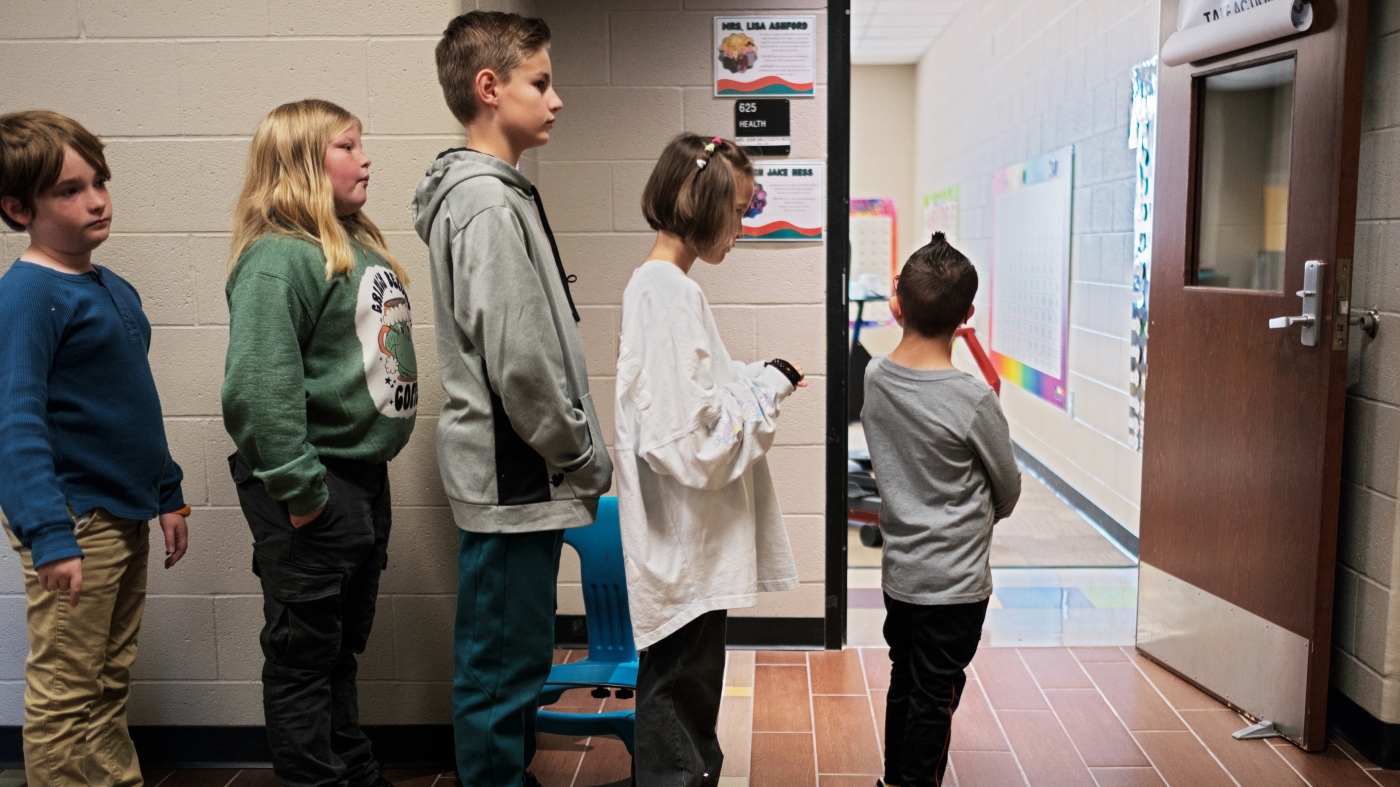Sueli Gwiazdowski had a challenging journey in school, switching high schools three times due to accessibility issues and being separated from her peers. She fought to be included alongside her classmates, drawing on the Individuals with Disabilities Education Act (IDEA) to ensure she received the education she deserved. Now a college graduate and disability rights advocate, she emphasizes the importance of accessible resources provided by the Department of Education.
However, the future of such resources appears uncertain. The Trump administration hinted at transferring responsibility for special education from the Education Department to the Department of Health and Human Services (HHS). This could potentially change how programs like IDEA are delivered and funded. Experts express concerns that moving the framework could disconnect it from the educational system, undermining the goals of integrating disabled students within general education.
Katy Neas, a former deputy assistant secretary in the Education Department, believes this separation would make it misguided. “Special education laws are intertwined with the Education Department,” she says. Students like Gwiazdowski rely heavily on the support and funding from IDEA, which serves around 7.5 million students across the country. In the fiscal year 2024, Congress allocated $15.4 billion for IDEA, highlighting its critical role in providing individualized education programs and necessary accommodations for students with disabilities.
As the debate continues, data shows a rise in complaints related to disability discrimination. Recent statistics indicate that claims to the Education Department’s Office for Civil Rights have reached record highs, putting pressure on an already stretched system. Notably, recent layoffs from the department have further hampered complaint processing, adding to the urgency of addressing these issues effectively.
Alison Barkoff, who formerly led disability programs at HHS, argues that dividing special education from the broader educational context could be counterproductive. "Students with disabilities need to be integrated into general education," she asserts, highlighting the risks of viewing disability only as a health concern rather than an integral part of educational equity.
In response, advocates like Gwiazdowski caution against making special education merely a health issue, fearing it could lead to a regressive approach that separates students with disabilities from their peers. "History shows that when disabled students are not seen as part of general education, it often leads to institutionalization," she warns.
Voices in the educational landscape highlight this tension. Jonathan Butcher from the Heritage Foundation sees potential in restructuring, suggesting a fresh approach could streamline services for families. Yet, as Gwiazdowski aptly states, a comprehensive view of education must include the rights and needs of all students, disabled or not.
As discussions unfold, balancing accessibility, funding, and inclusive education will be more crucial than ever. The implications of such policies can significantly affect not only the present educational environment but also the futures of millions of students with disabilities.
The question remains: how will policymakers prioritize these significant decisions to advocate for an inclusive educational system that respects the rights of every student? For further details on IDEA and its impact, visit the U.S. Department of Education.









